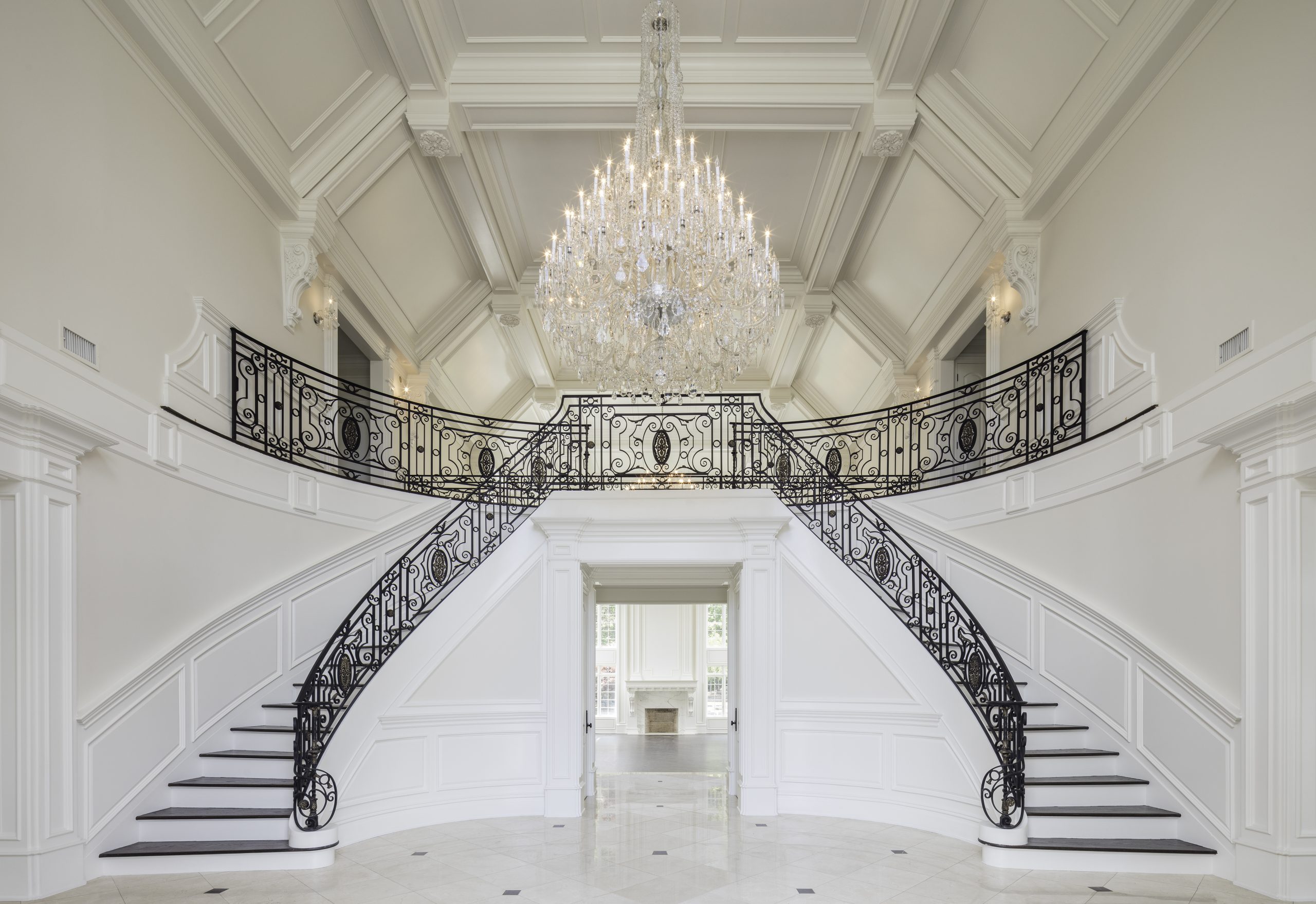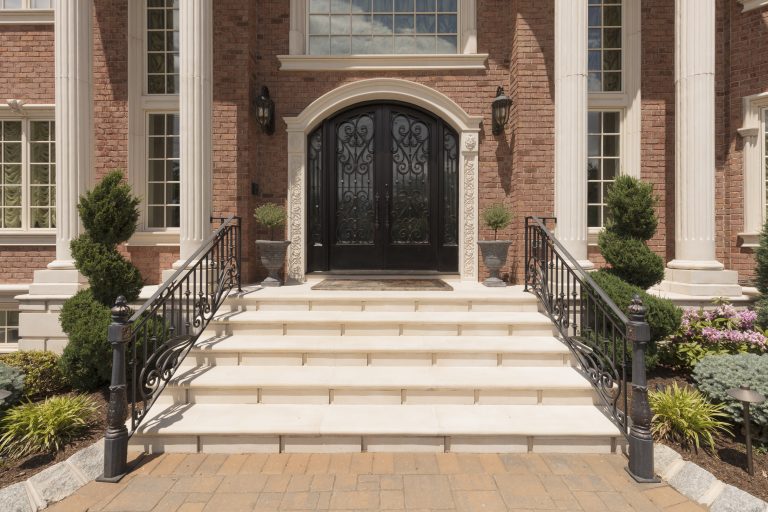“O Romeo, Romeo! Wherefore art thou Romeo?” There are probably very few people who are not familiar with the famous balcony scene from Shakespeare’s play Romeo and Juliet. Juliet says these words while standing on a balcony, which helps set the feeling of the distance between the two in love. As an important symbol of the barrier that exists between her and Romeo, the wrought-iron balcony poetically supports her while she delivers her monologue.
Besides existing as poetic tools, iron balconies have been an important decorative element in our homes for centuries. They provide a much-needed outdoor extension of our living spaces, bringing light and an open feel to our houses.
Why Is It Good To Have A Balcony?
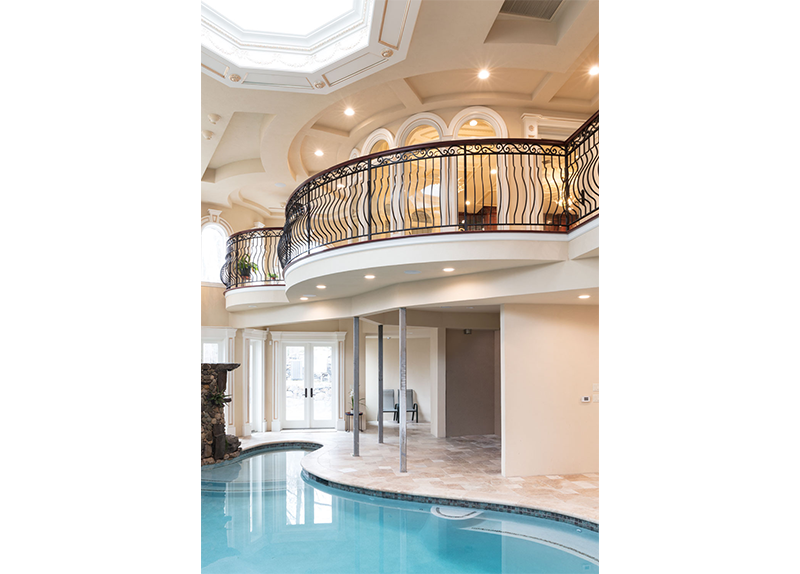
There are many benefits to having a balcony, including the ability to enjoy the outdoors without leaving the comfort of your home or office. Balconies offer a great view of the surrounding area and can be a great place to entertain guests. According to design philosophies, a balcony is the main entrance of energy. It’s a beautiful extension that helps ventilate and lights up a home.
Silly Question but… What Is a Balcony?
A balcony is a platform that projects from the wall of a building and is enclosed by a railing. Balconies are often found on the second or third floor of a building and are used as outdoor living spaces. They can be either open or covered and are commonly made from materials such as wood, concrete, or wrought iron.
The History of Wrought Iron Balconies
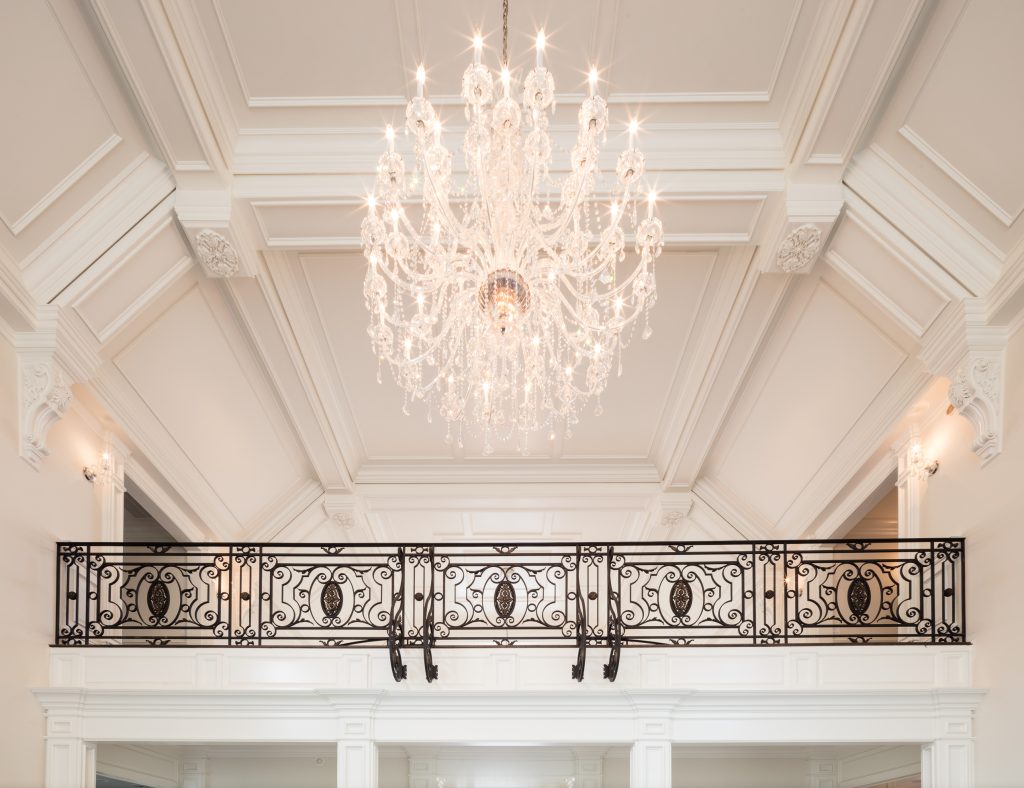
Wrought iron is a type of iron that has been heated and then worked with tools to create a variety of shapes. It is a durable and malleable metal that has been used for centuries to create everything from fences and gates to furniture and chandeliers, and of course balconies.
Balconies were first used in ancient Greece to provide increased air circulation and light for buildings. The word “balcone” comes from Italian meaning “scaffold”, but there is no evidence to suggest this was its primary use back then.
The popularity of balconies rose in the early 16th century when they were originally designed as a way to provide extra space and fresh air for those who lived in upper-story rooms. Balconies quickly became a popular feature in wealthier homes – they were considered a sign of status in the higher society.
Wrought iron balconies have also been prominent features in some historic moments, like the moment when King Louis XVI was informed that the French Revolution had begun.
On one hand, wrought iron balconies have been such a popular choice because of their lasting beauty, and on the other hand – because of their durable functionality. Early wrought iron balconies were often simple in design but as time progressed, they became more intricately ornate and a symbol of the forger’s craftsmanship.
Today, there is a wide variety of wrought iron balcony designs to choose from suiting any taste or budget.
What’s the Difference Between a Balcony and a Terrace?
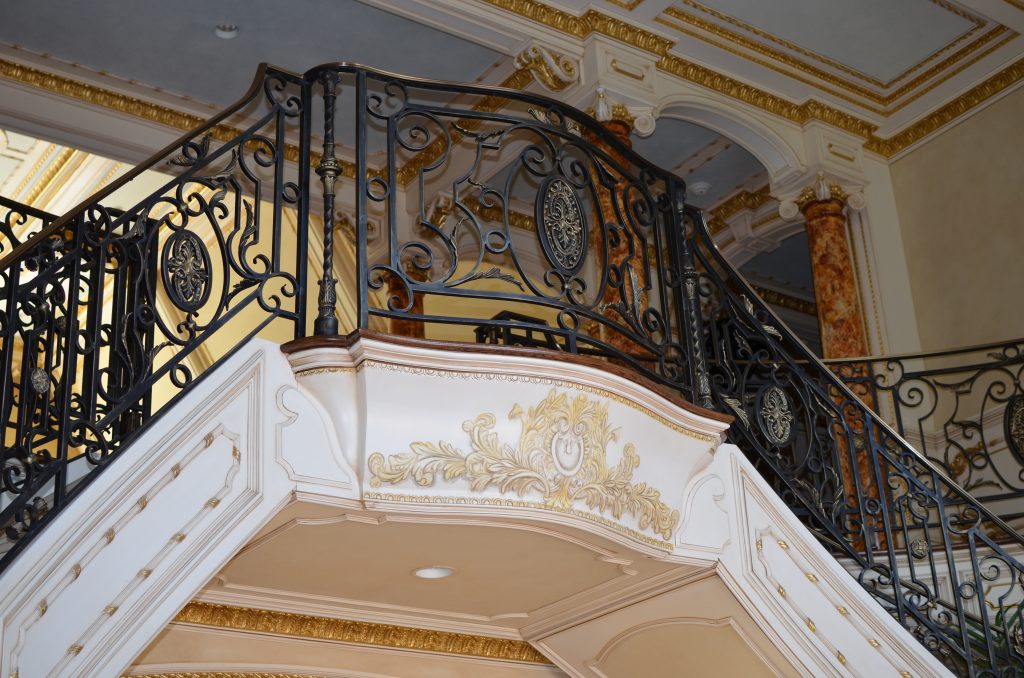
The main difference between a balcony and a terrace is that a balcony is typically enclosed by a railing and is located on the second or third floor of a building. A terrace is an open-air platform that is not enclosed by a railing and is often located on the ground floor.
The balcony is a more private space, its purpose is to provide an outdoor living space for the occupants of a building, often in buildings that do not have any other shared outdoor space like gardens, patios, or terraces. Balconies are often used for relaxation, entertaining, or as an extension of the indoor living space.
Where Do You Put a Balcony?
- Balconies can be located on the front, back, or side of a building. They can also be located on the second or third story of a building.
How Big Should A Balcony Be?
- The size of a balcony depends on the purpose for which it will be used. A Juliet balcony, for example, is typically small and only big enough for one or two people to stand on. A sun balcony, on the other hand, is usually much larger and can accommodate a table and chairs.
What Materials Are Balconies Usually Made of?
- Balconies can be made from a variety of materials, including wood, concrete, stone, glass, and a variety of metals like wrought iron. If you are looking for a balcony that is both beautiful and durable, then a wrought-iron balcony is the perfect choice for you. They are a timeless classic that will add elegance to your home and will pay off in the long run.
What Are the Different Types of Wrought Iron Balconies?
There are several different types of balconies, including Juliet, loggia, and sun balconies. Here’s how to distinguish them.
Juliet Balcony
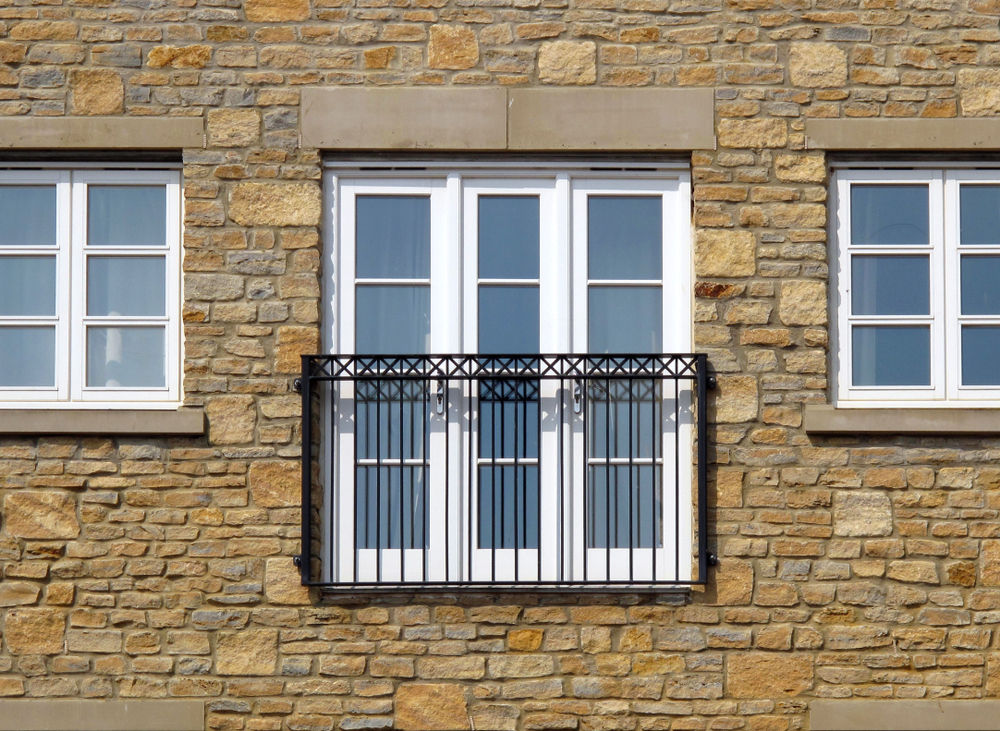
The Juliet balcony is the most popular type of wrought iron balcony. It is a small, enclosed platform that projects from the wall of a building. Juliet balconies do not have a railing and are typically used as decorative features.
Loggia Balcony
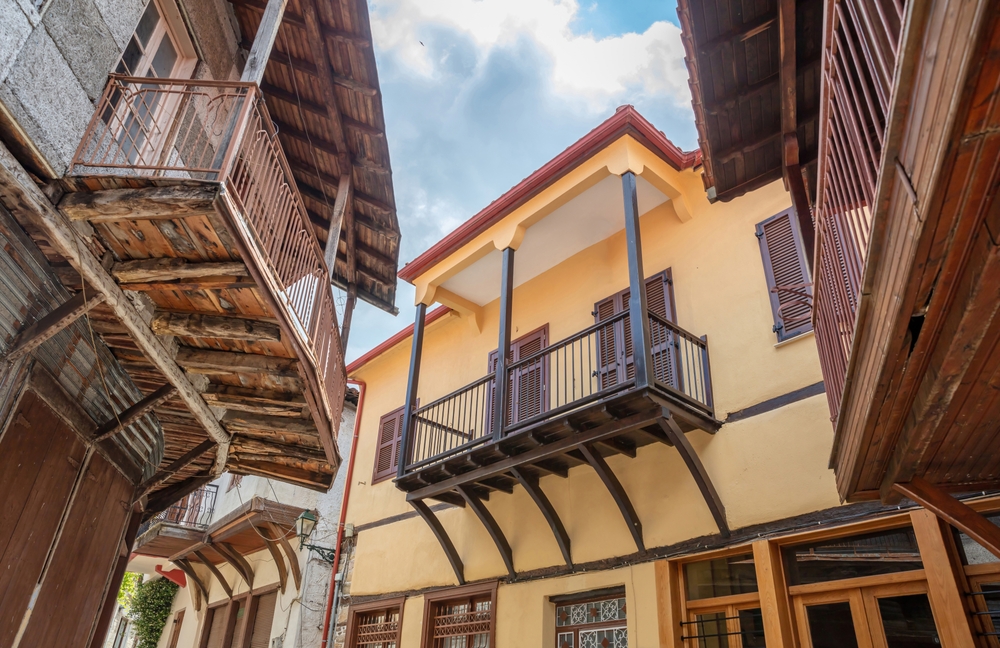
Loggia balconies are similar to Juliet balconies but are larger and may have a railing. Loggia balconies were popular in the Renaissance period and are often found in Italian-style buildings.
Sun Balcony
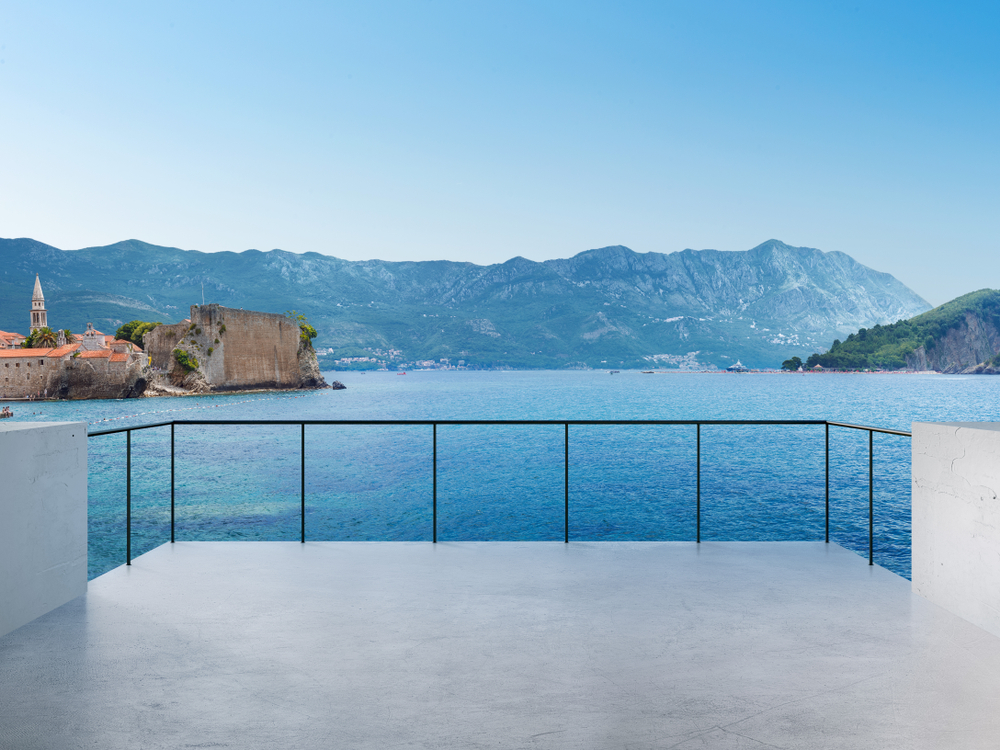
Sun balconies are open-air platforms that are typically located on the top floor of a building and offer views of the surrounding area. Sun balconies are a popular choice for those who want to enjoy the outdoors without having to leave their home.
The Ornamental Elements of a Wrought Iron Balcony
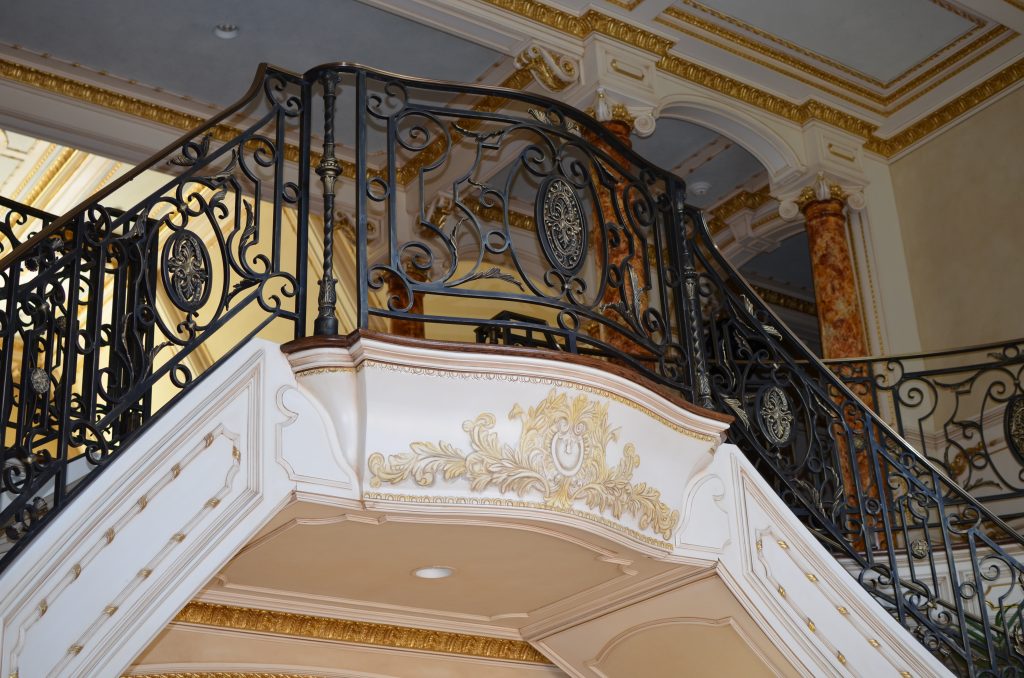
Ornamental elements on wrought-iron balconies can include scrollwork, latticework, and balusters. Let’s look at each of them.
Scrollwork
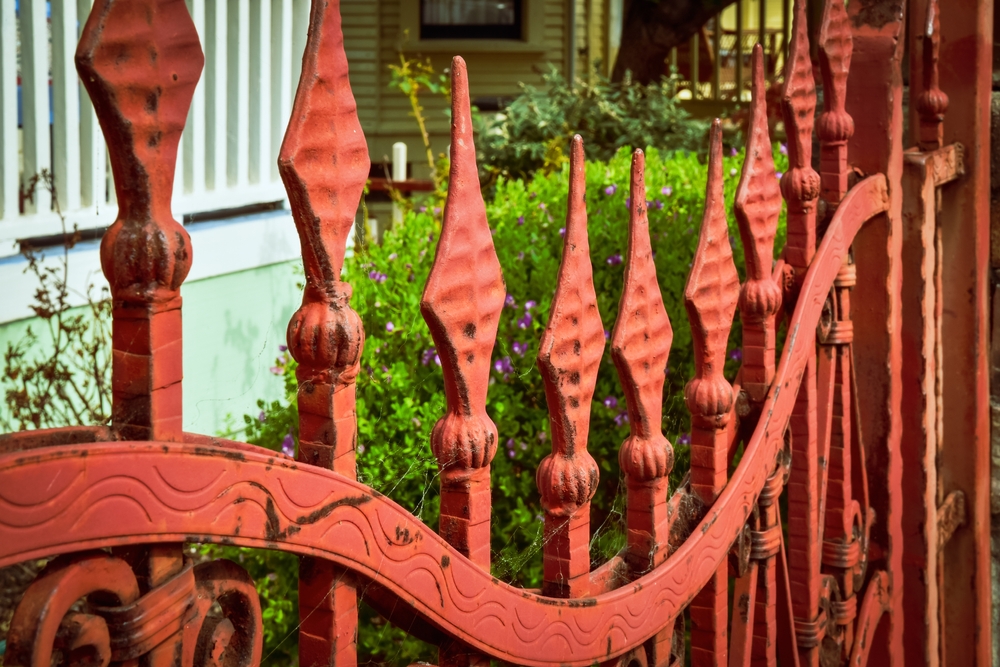
Scrollwork is a type of decoration that features curving lines and shapes. Scrollwork can be used to create intricate designs on a wrought-iron balcony.
Latticework

Latticework is a type of decoration that consists of crisscrossing metal bars. Latticework can be used to create a variety of patterns on a wrought-iron balcony.
Balusters
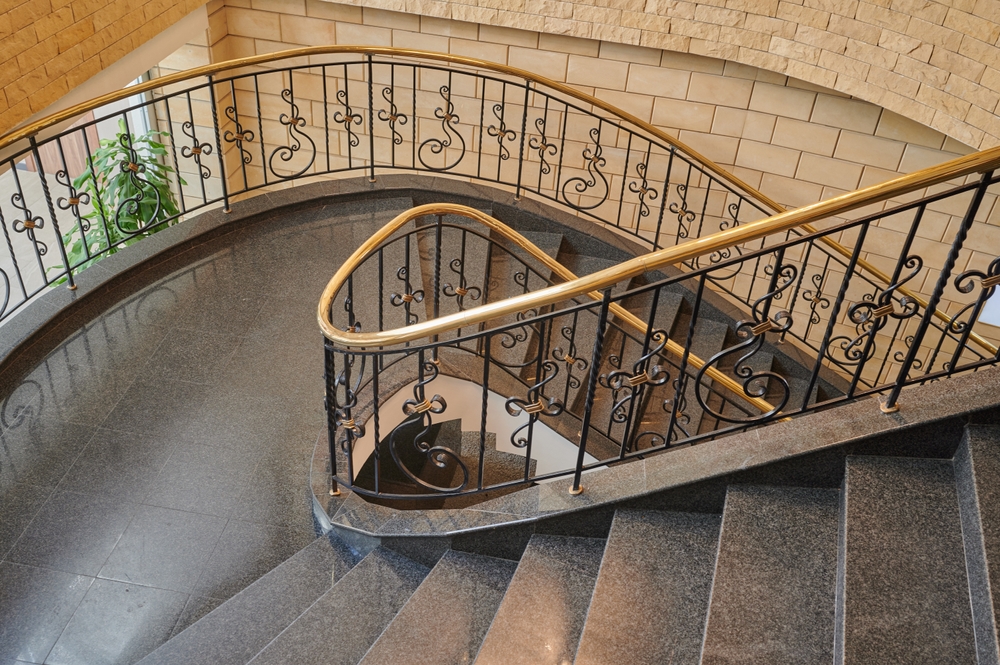
Balusters are vertical posts that support the railing of a balcony. Balusters can be made from a variety of materials, including wood, stone, and metal. Wrought iron balconies typically have metal balusters.
Why Are Balconies So Popular?
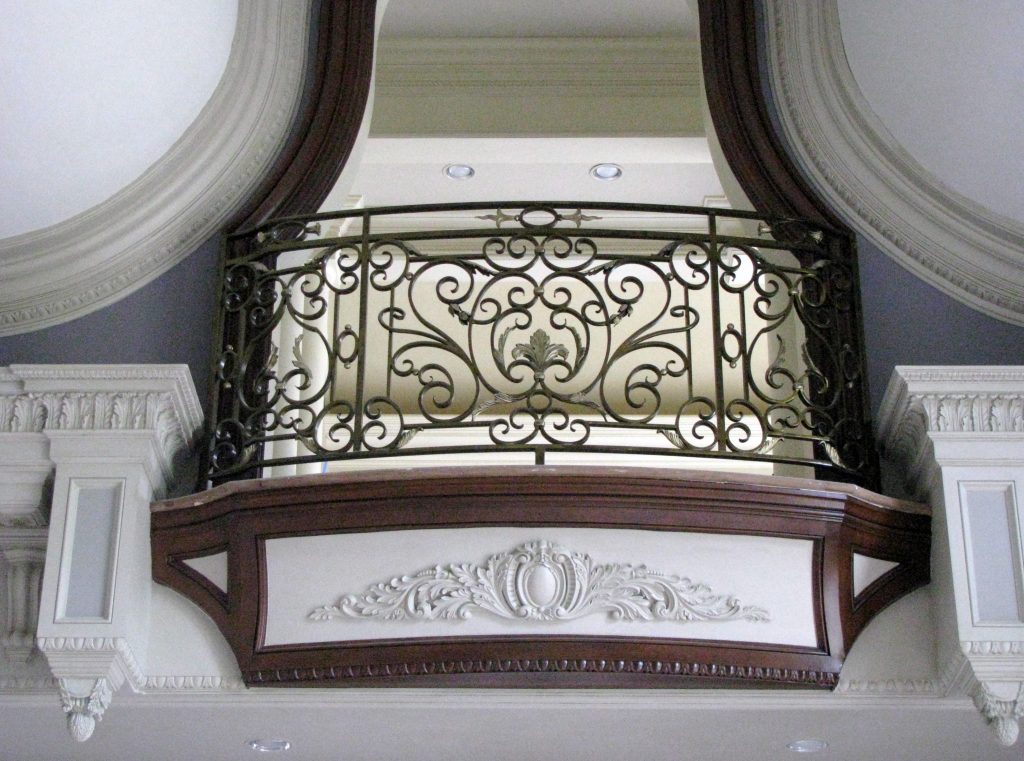
Balconies are popular because they provide a unique way to enjoy the outdoors while still being inside your home. They also offer a great view of the surrounding area and a great place to entertain guests. Plus they add a design flair to any building. Whether you choose a Juliet balcony, loggia balcony, or sun balcony, you will be sure to enjoy the many benefits this space provides.
Here are more advantages that specifically wrought-iron balconies offer.
The Benefits of Wrought Iron Balconies
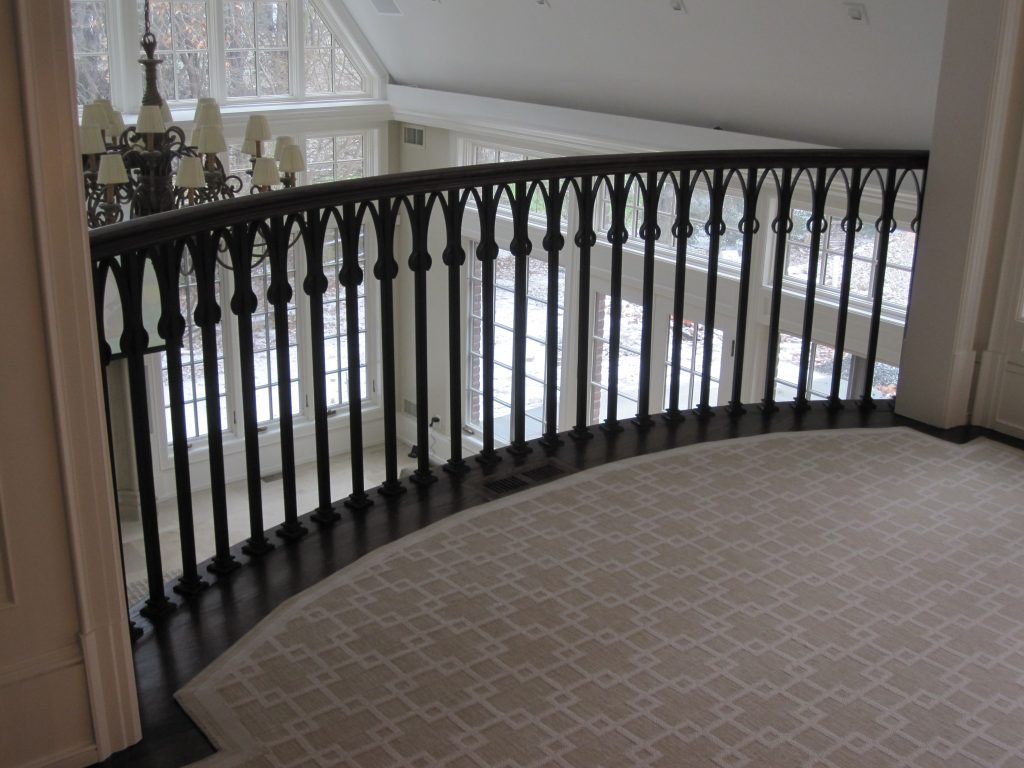
Wrought iron offers several benefits over other types of balcony materials. The metal is extremely durable and can last for many years with proper care and maintenance. When we say maintenance, however, don’t imagine you’ll have to spend hours every week taking care of the balcony structure. Wrought iron is a low-maintenance material and does not require regular painting or staining like wood balconies.
In addition, wrought iron balconies are available in a wide variety of designs to suit any taste. If you are considering adding a balcony to your home or office, wrought iron is an excellent choice. These balconies are a timeless classic that offers beauty, durability, and low maintenance.
How Do I Choose The Right Balcony For My Home?
When choosing a balcony for your home, it is important to consider the overall style of the house and your personal preferences. If you are looking for a classic look, an iron balcony would be a good choice. For a more modern look, glass or concrete balconies might be more suitable.
But if you still want to take advantage of the impeccable strength of wrought iron some modern designs might be something you could consider. Better yet, you can find a wrought-iron balcony supplier who can custom-make the exact design you want, and you can take advantage of their experience to get advice on the best solution for your home.
To Wrap It Up

Wrought-iron balconies are a popular choice for those looking to add a touch of elegance to their home or office. These structures have been used for centuries and offer many benefits, including durability, low maintenance, and a wide variety of design options.
If you are considering adding an iron balcony to your property, be sure to research the history of these structures and the different types available to find the perfect match for your needs. If time is of the essence you can directly turn to Cacciola Iron Works, we specialize in all kinds of wrought iron design pieces, including tailor-made balconies.
Anthony Cacciola’s team services the New York and New Jersey areas, get in touch for a prompt estimate.
